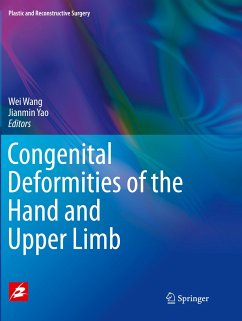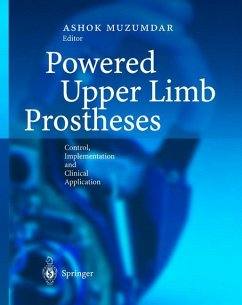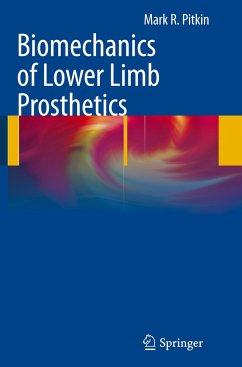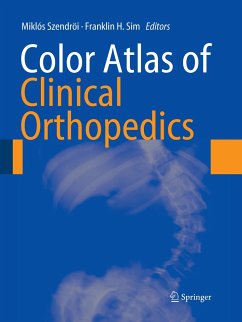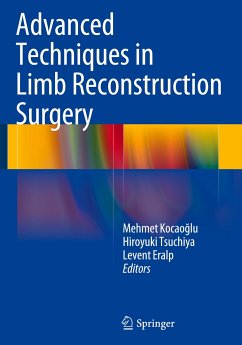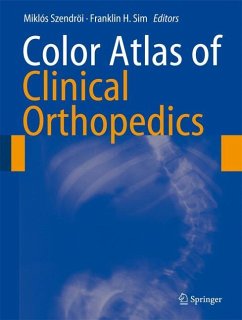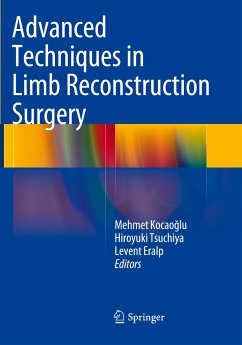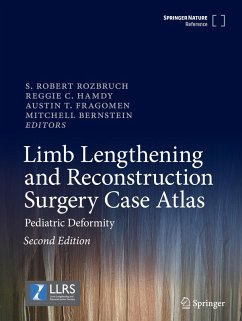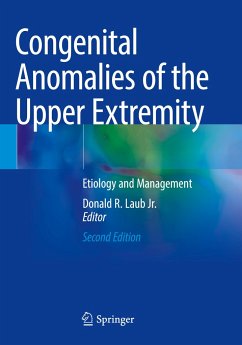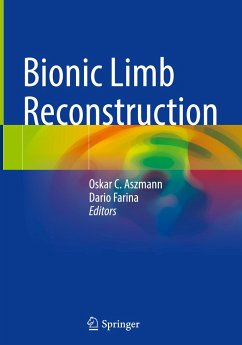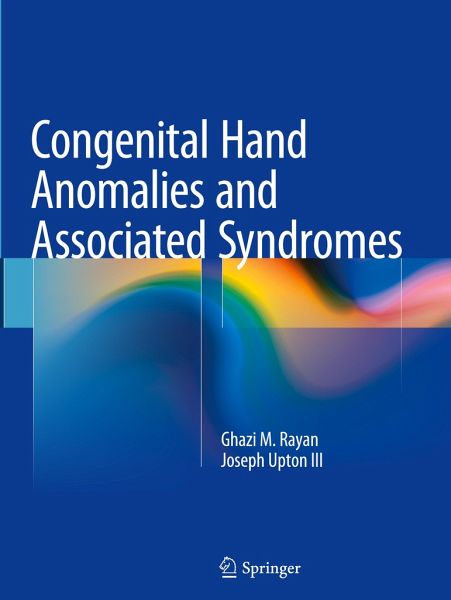
Congenital Hand Anomalies and Associated Syndromes
Versandkostenfrei!
Versandfertig in 6-10 Tagen
107,99 €
inkl. MwSt.

PAYBACK Punkte
54 °P sammeln!
Physicians often have only partial knowledge of common congenital hand and upper extremity anomalies and their associated syndromes. Surgeons typically find these syndromes to be abstruse and congenital hand conditions can represent an enigma even to pediatric geneticists. This book is designed to serve as a practical, up-to-date reference that will enable practitioners and students in a variety of disciplines to easily recognize the most common congenital upper extremity anomalies and syndromes. In total, 37 congenital upper extremity anomalies and 127 syndromes are discussed. Salient and com...
Physicians often have only partial knowledge of common congenital hand and upper extremity anomalies and their associated syndromes. Surgeons typically find these syndromes to be abstruse and congenital hand conditions can represent an enigma even to pediatric geneticists. This book is designed to serve as a practical, up-to-date reference that will enable practitioners and students in a variety of disciplines to easily recognize the most common congenital upper extremity anomalies and syndromes. In total, 37 congenital upper extremity anomalies and 127 syndromes are discussed. Salient and common presenting features are described in detail and illustrated with the aid of high-quality digital color photographs whenever possible. In addition, relevant background information is included on such aspects as prevalence, etiology, pathogenesis and findings elsewhere in the body.



